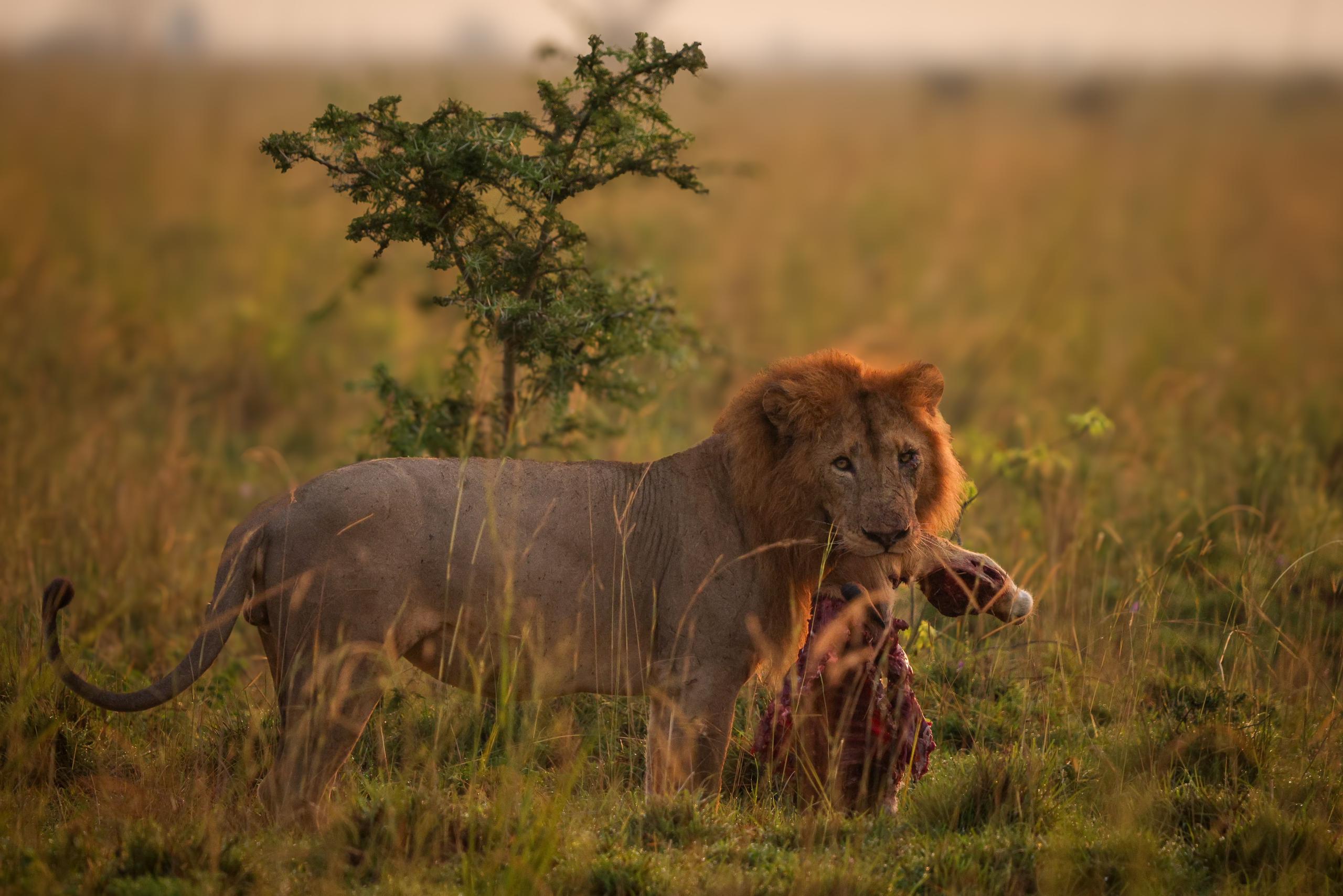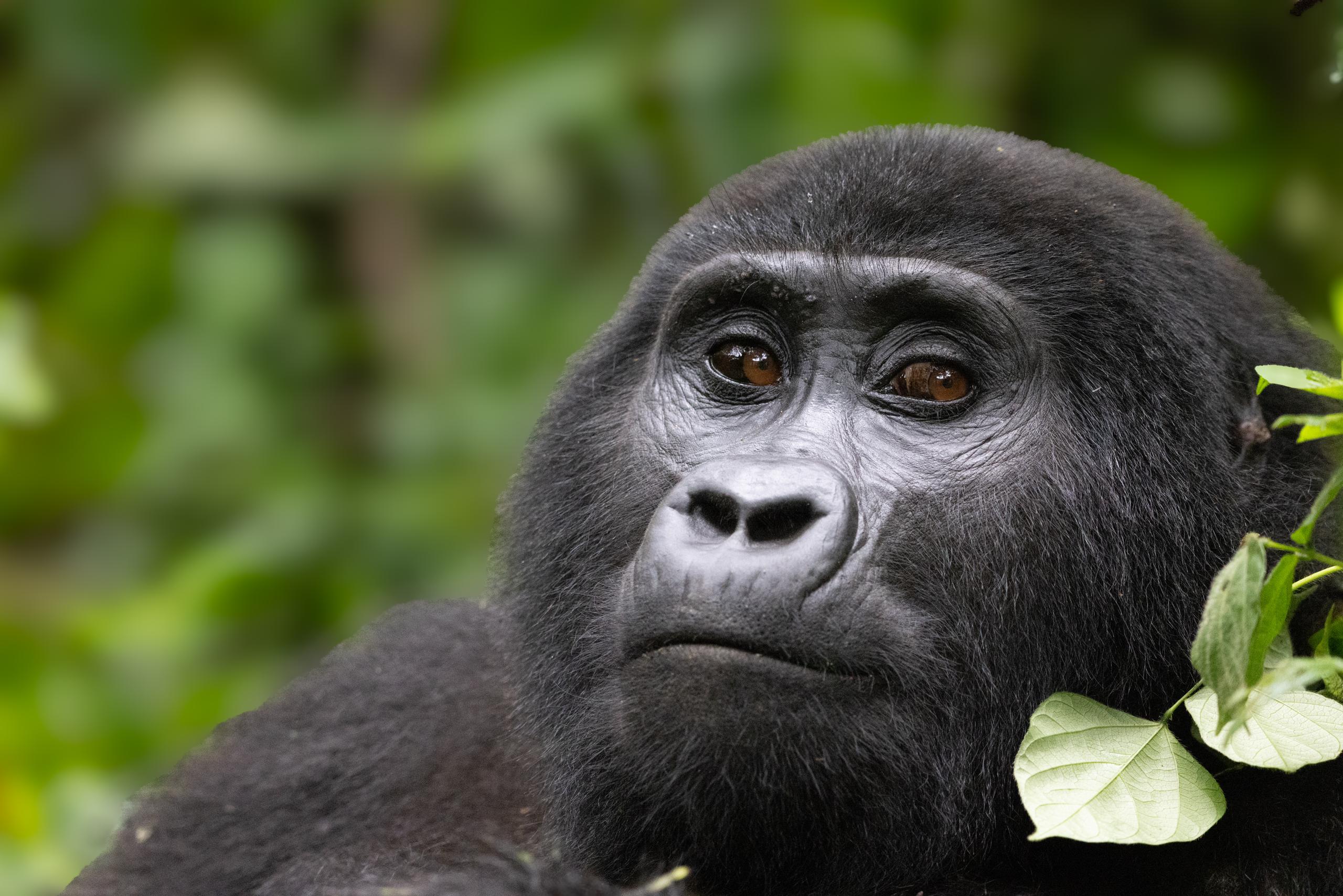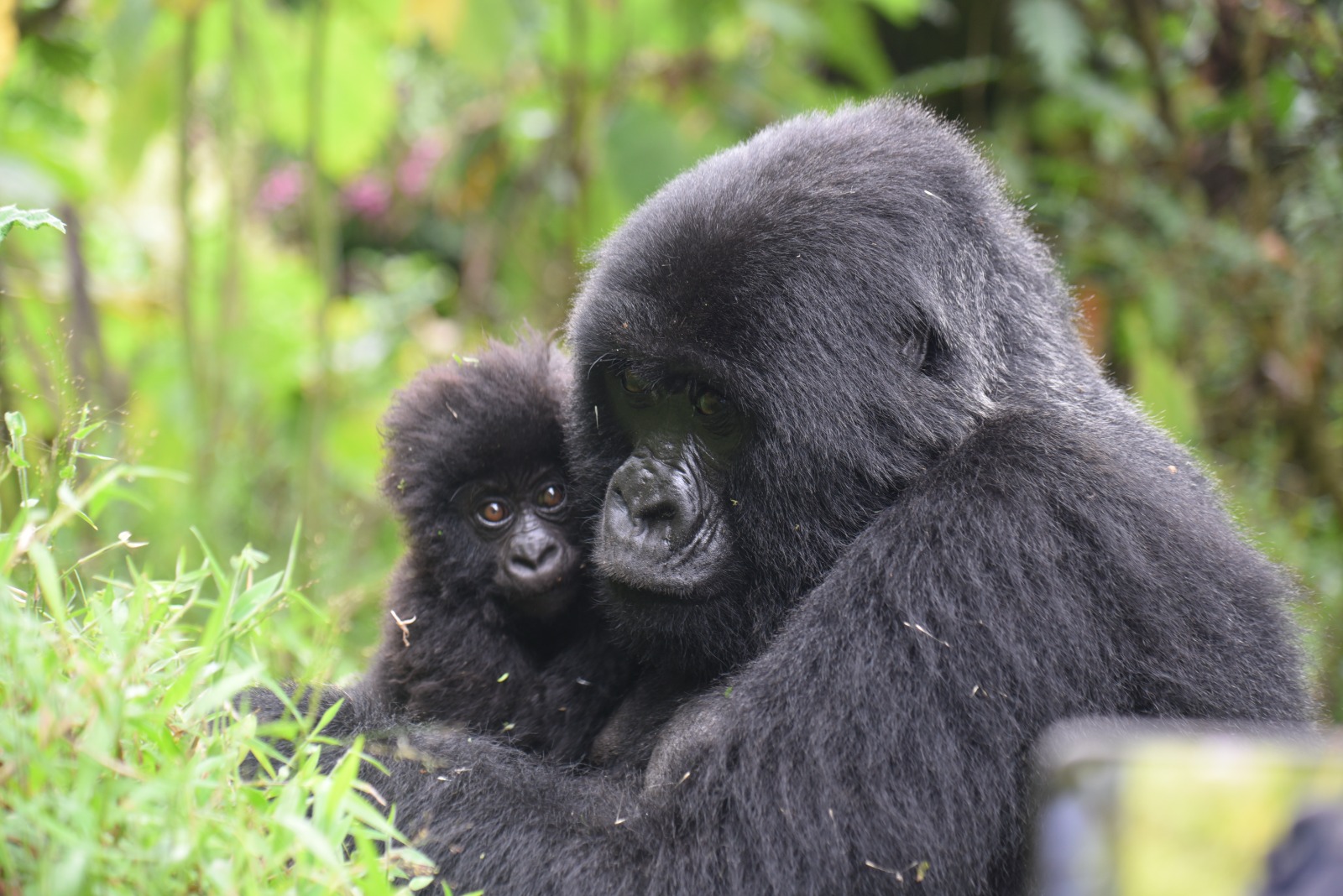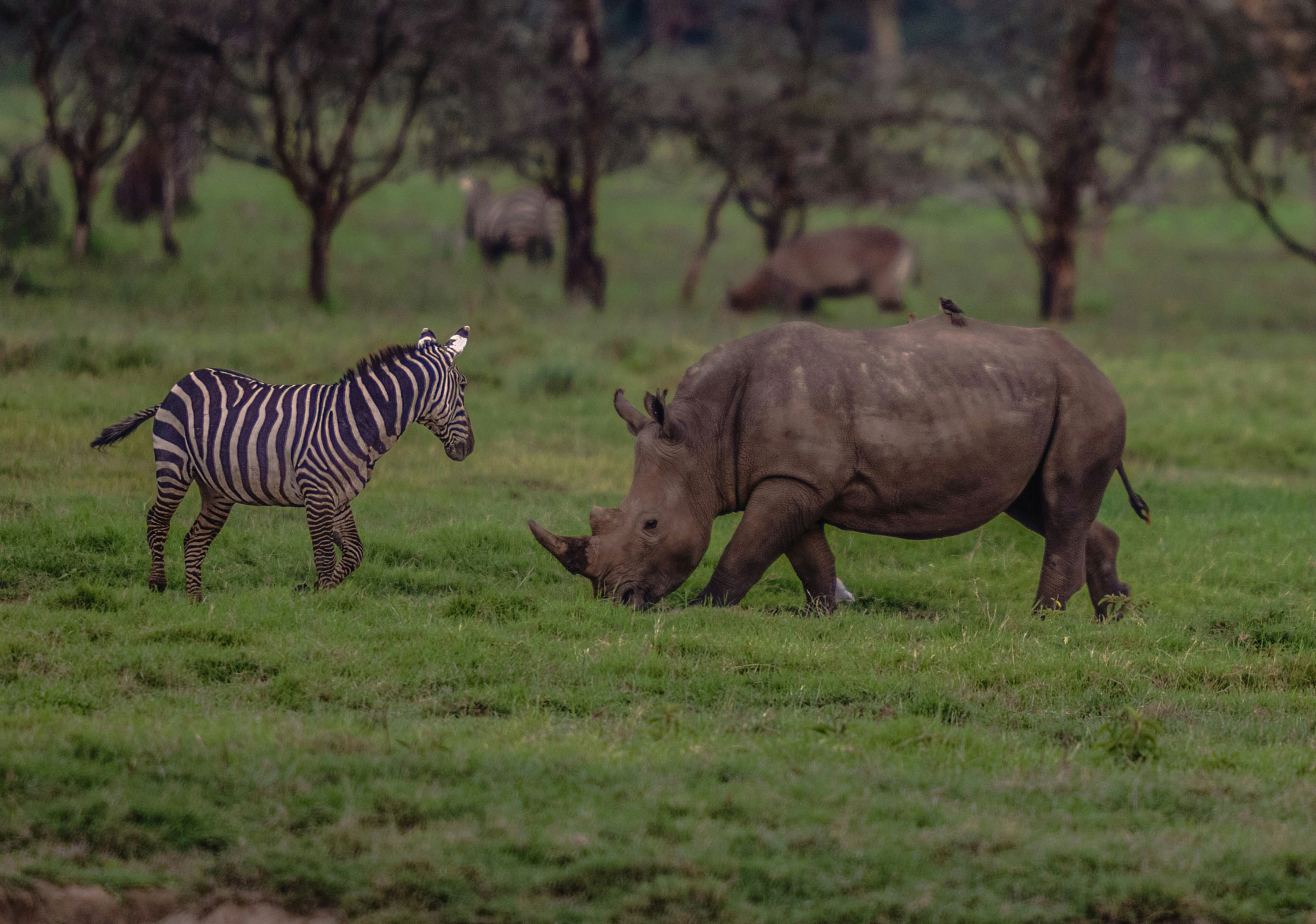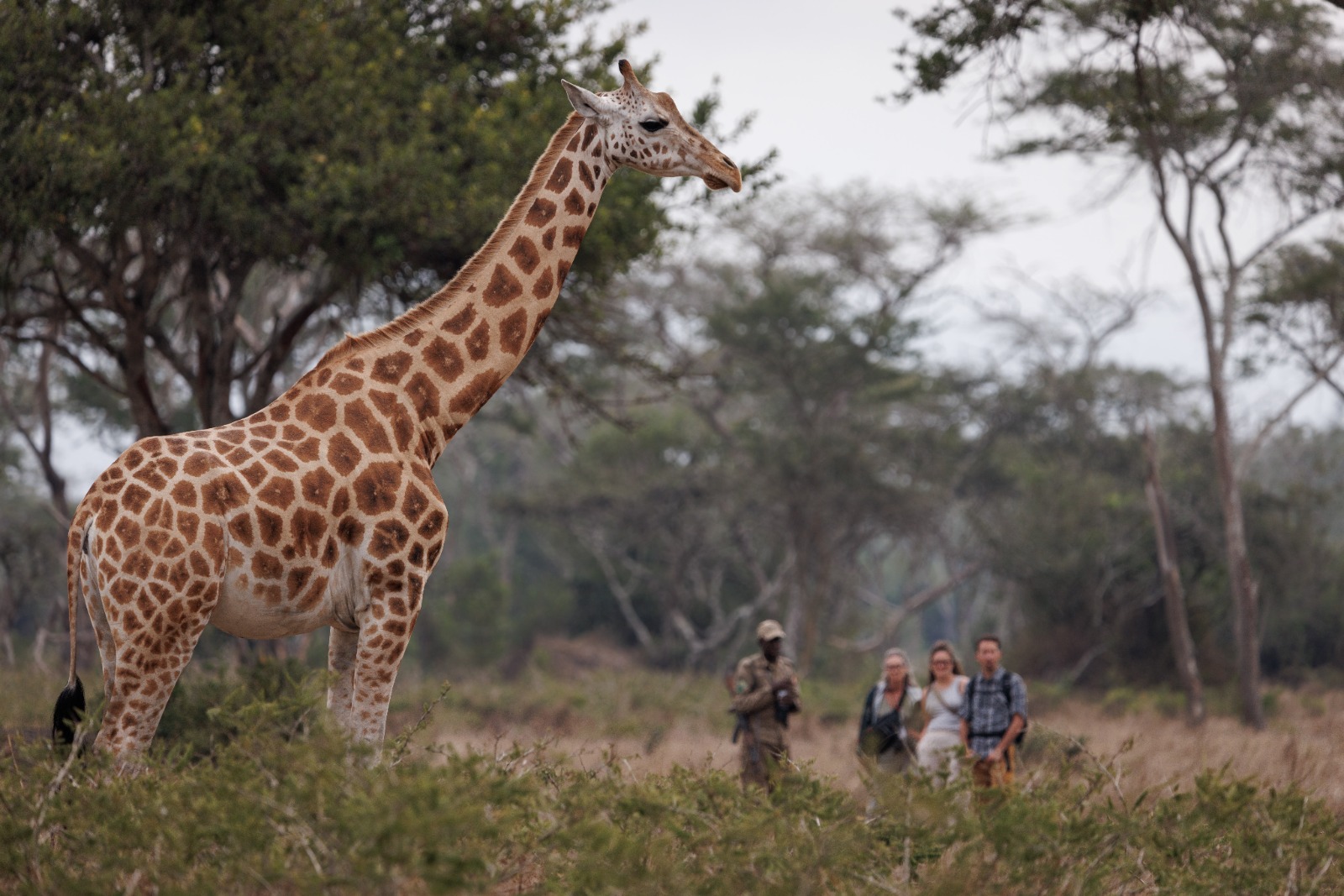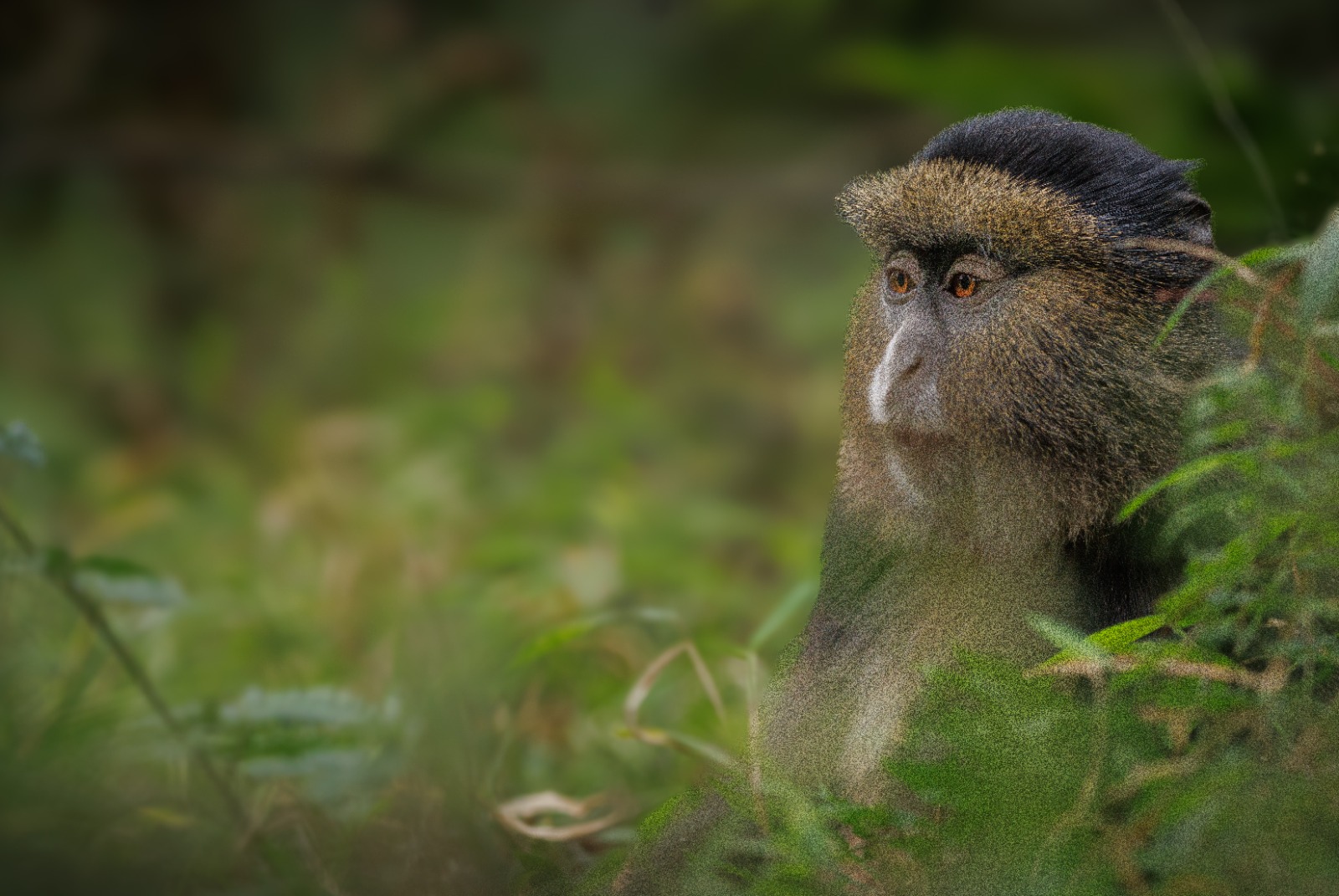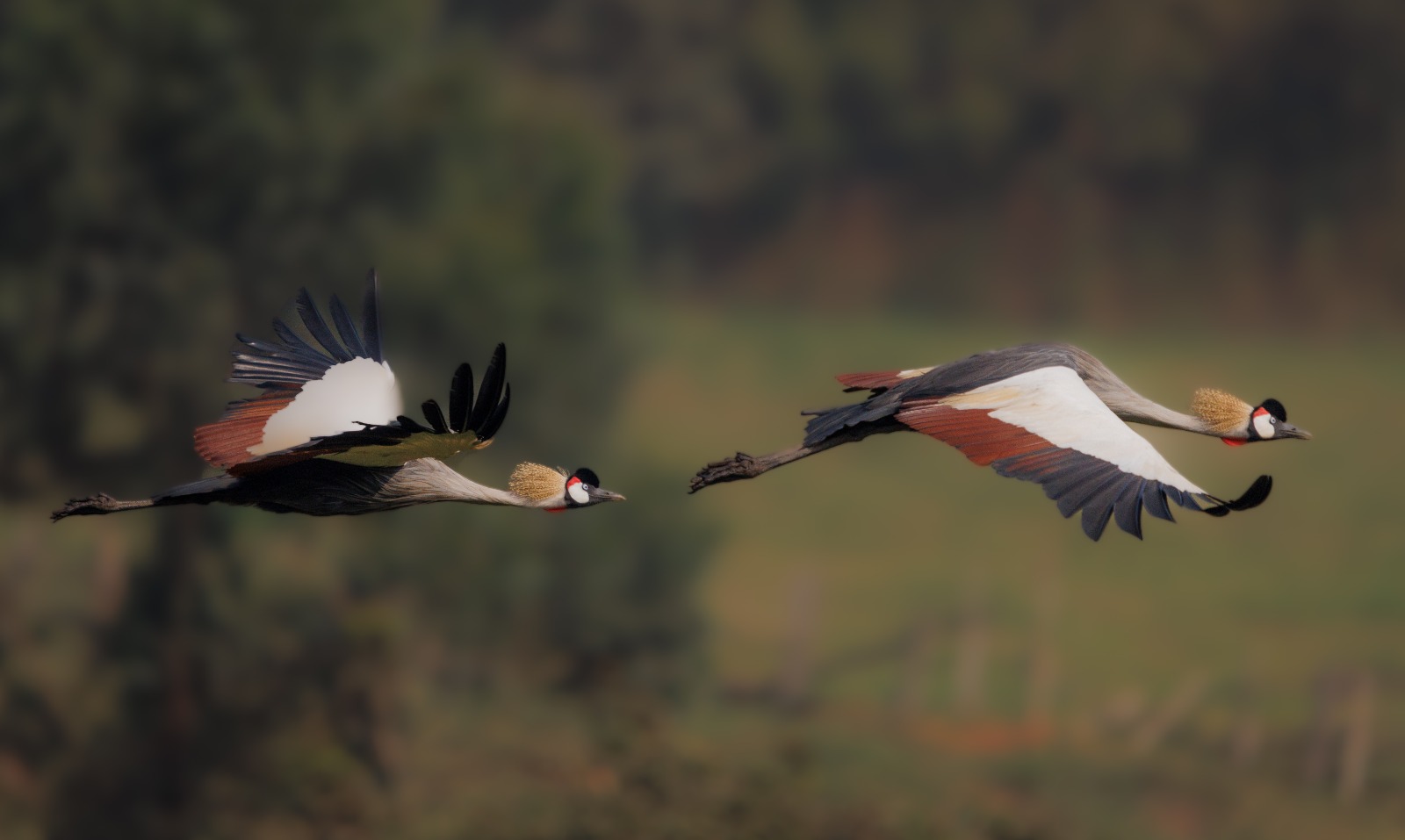Uganda’s Majestic Volcanic Wonder
Discover Mount Elgon National Park
Nestled in the east of Uganda, on the border with Kenya, Mount Elgon National Park is a captivating destination for those seeking adventure, tranquility, and stunning natural beauty. Known for its towering peaks, breathtaking landscapes, and rich biodiversity, Mount Elgon is one of the oldest and largest volcanoes in East Africa, with a fascinating history and a unique geological formation. Rising to 4,321 meters (14,177 feet), the mountain’s vast caldera is among the largest in the world, creating an awe-inspiring backdrop for wildlife enthusiasts, trekkers, and nature lovers.
The park spans approximately 1,110 square kilometers and is located in the Mbale District of Uganda, offering an array of activities for visitors. Whether you’re a seasoned hiker seeking a challenging climb to the summit, a wildlife enthusiast looking for rare species in the montane forest, or a birdwatcher hoping to spot some of Africa’s most incredible avian life, Mount Elgon National Park offers a diverse, accessible, and awe-inspiring experience.
Safari Experiences in Mount Elgon National Park
Mount Elgon National Park is a hidden gem in Uganda, offering unique safari experiences.Whether you want to hike, relax, or learn about local culture, this park has something for everyone.
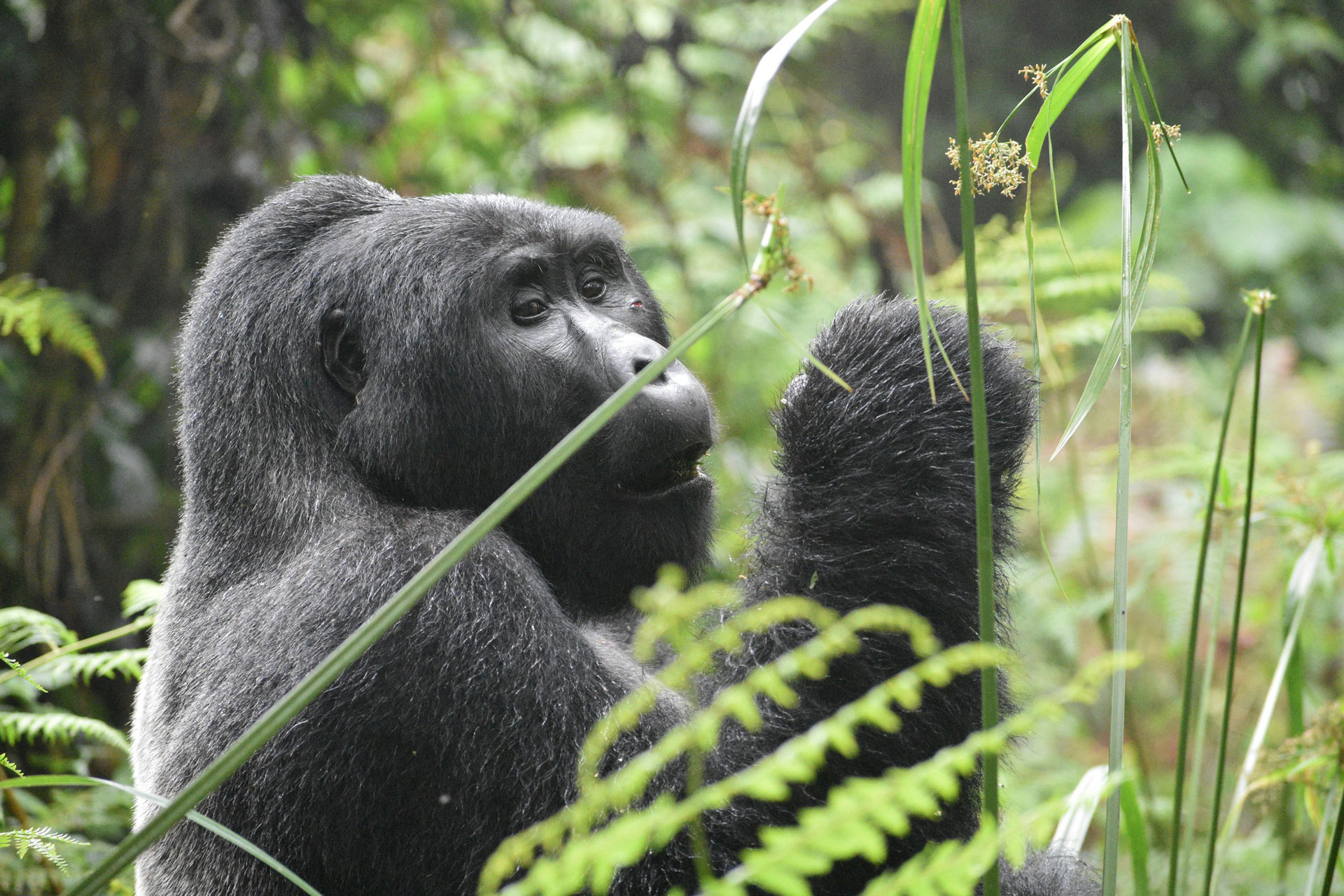
Hiking and trekking
Mount Elgon is perfect for hikers. You can trek to the Wagagai Peak, explore scenic trails, and enjoy stunning views of waterfalls, caves, and lush forests.
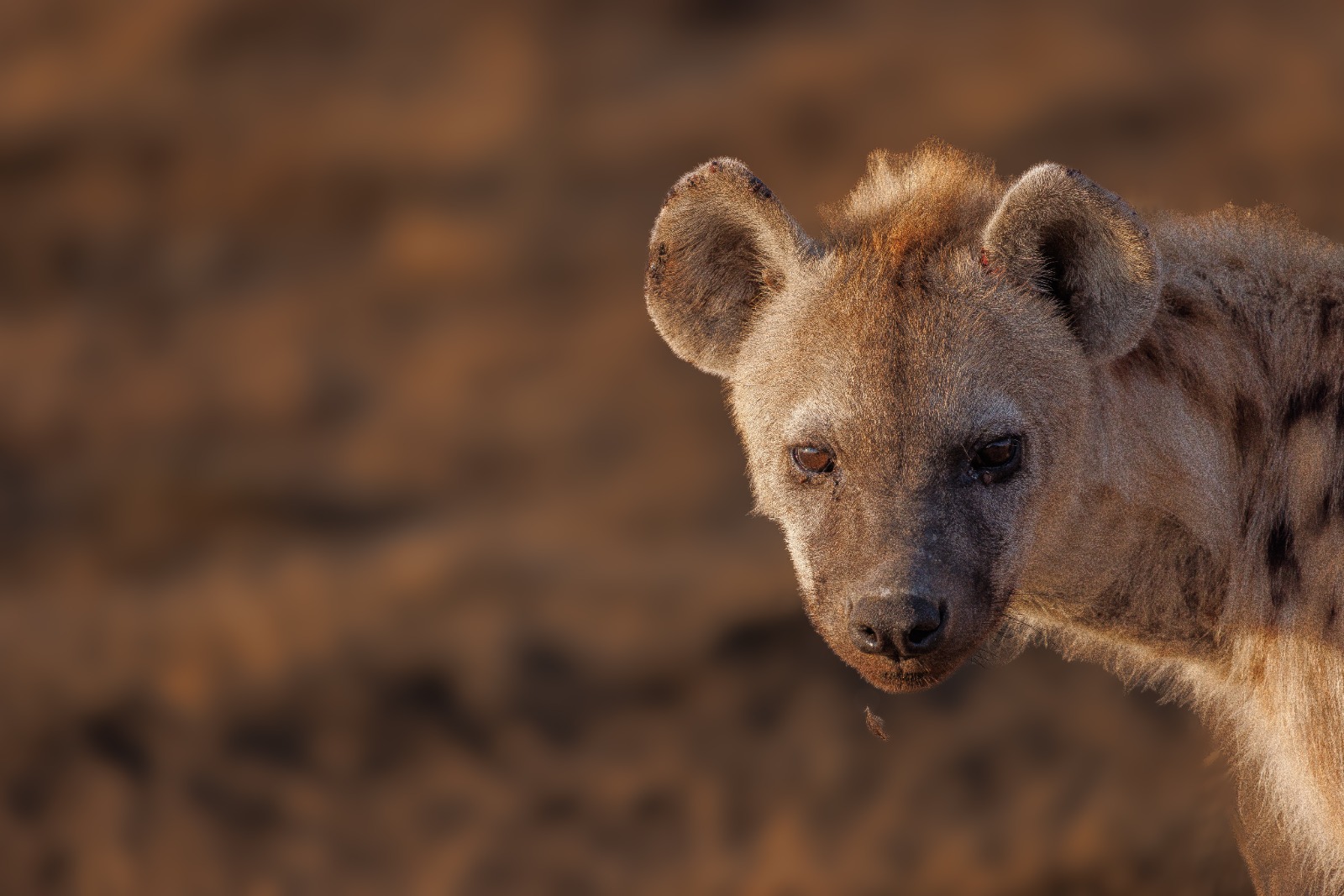
Nature walks
Take a guided nature walk to explore the park’s diverse landscapes. Spot unique plants, colorful birds, and small animals as you wander through the forest.
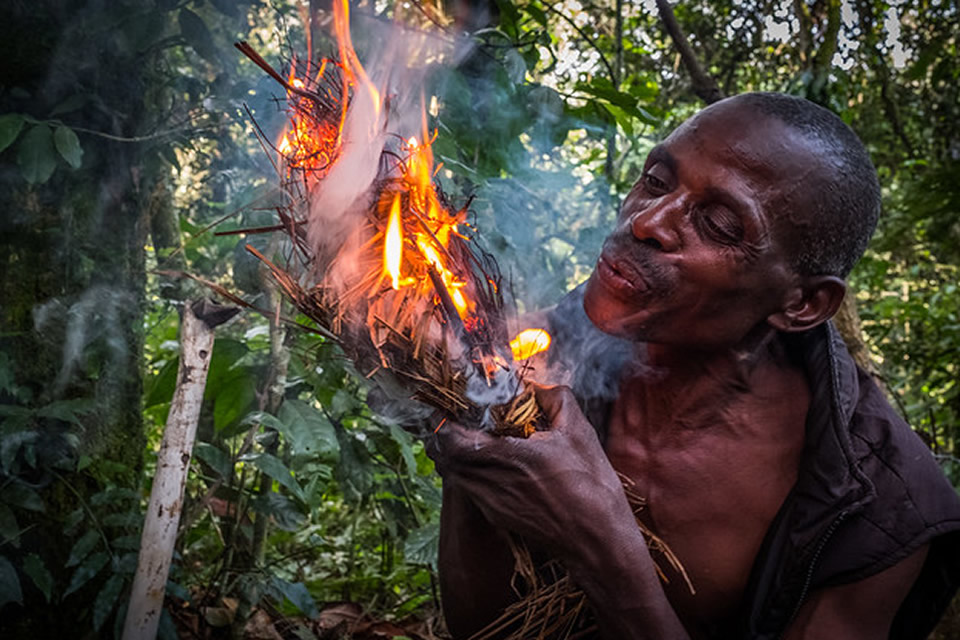
Exploring caves
Discover ancient caves like the famous Sipi Caves and Kitum Cave. These caves are not only beautiful but also have historical and cultural significance.
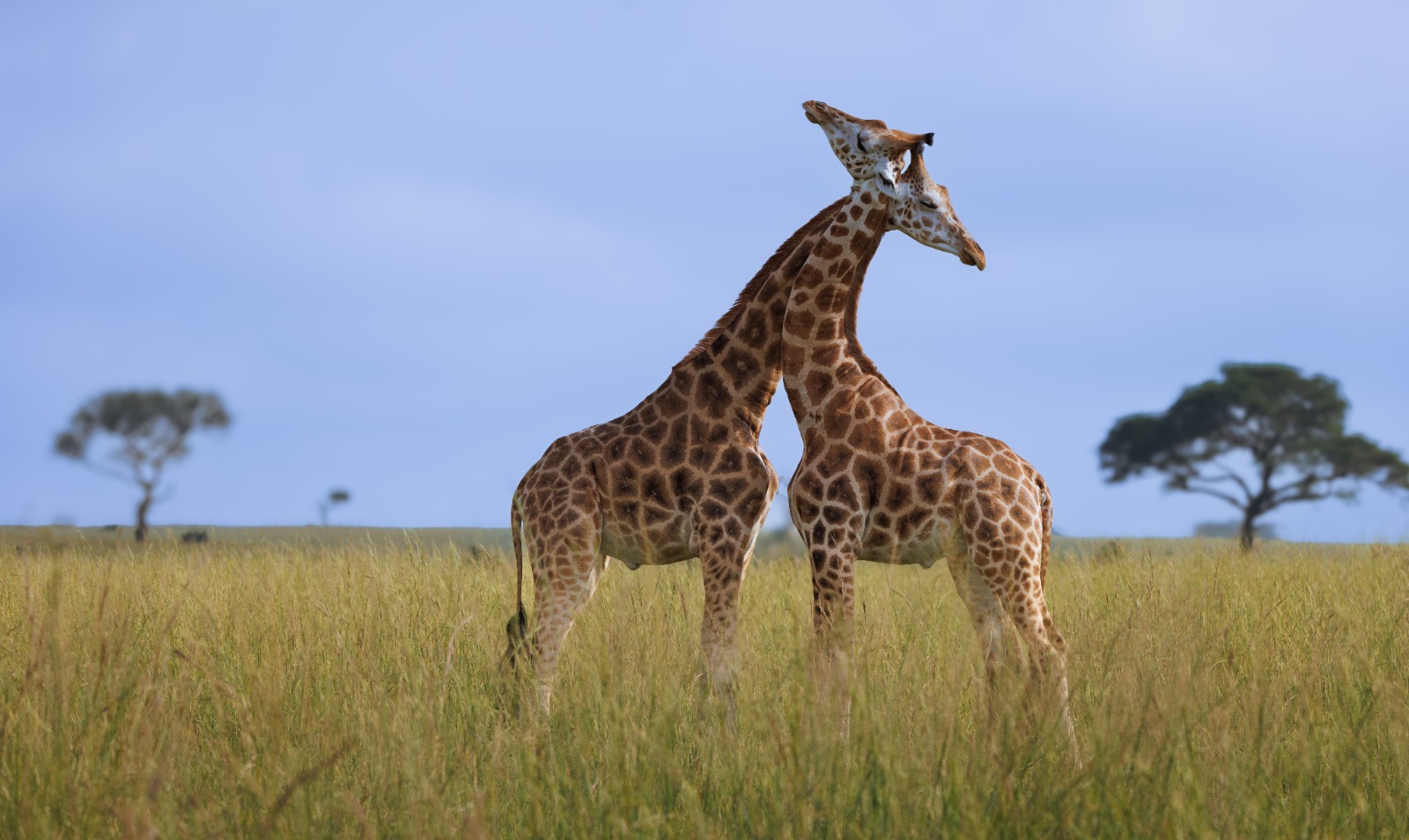
Bird Watching
Mount Elgon is a bird lover’s paradise, home to over 300 bird species. Look out for the endangered Jackson’s Francolin, African Goshawk, and Tacazze Sunbird.
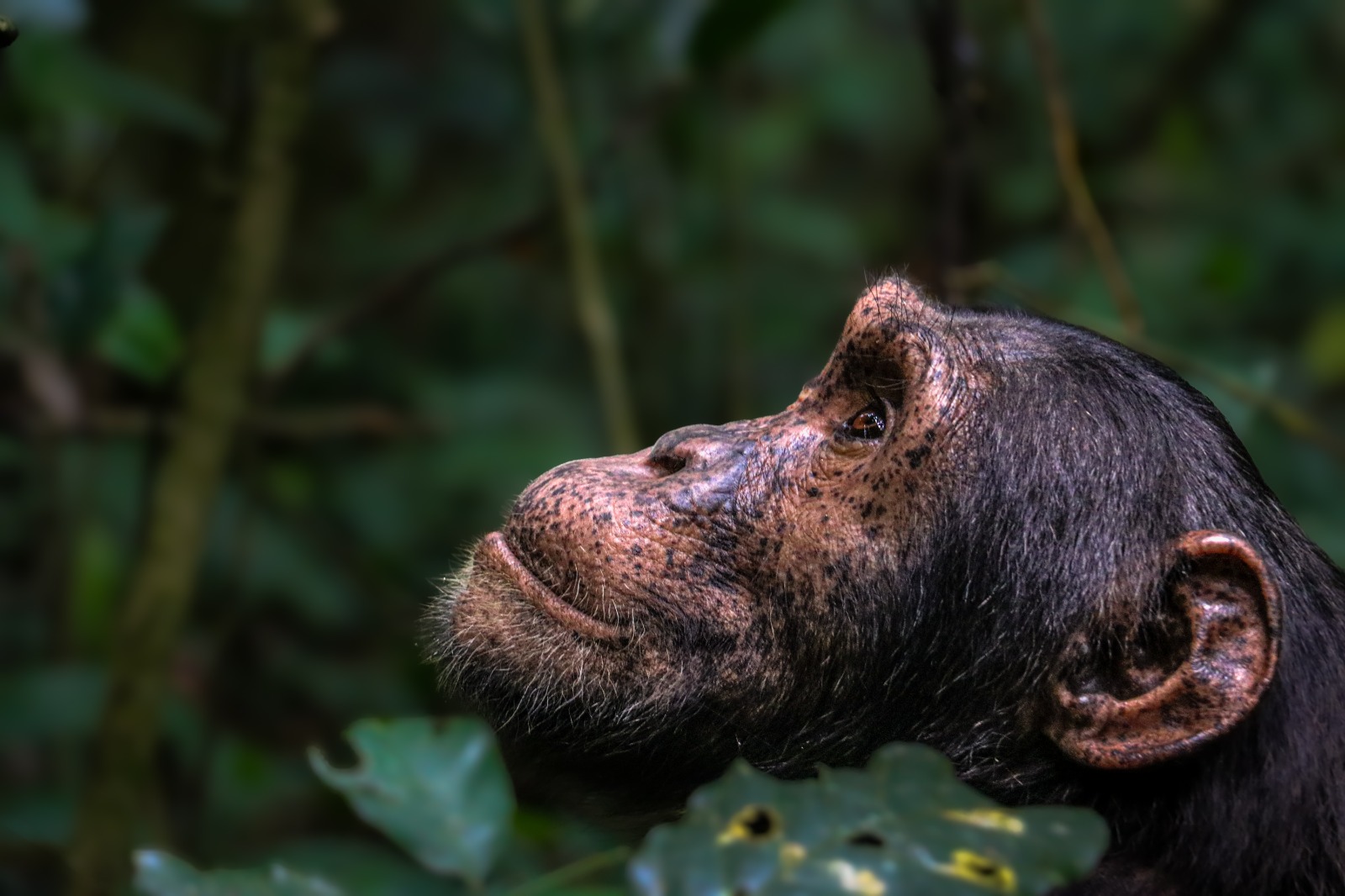
Mountain biking
Enjoy adventurous mountain biking on trails through the park’s rugged terrain. It’s an exciting way to see the scenery up close.
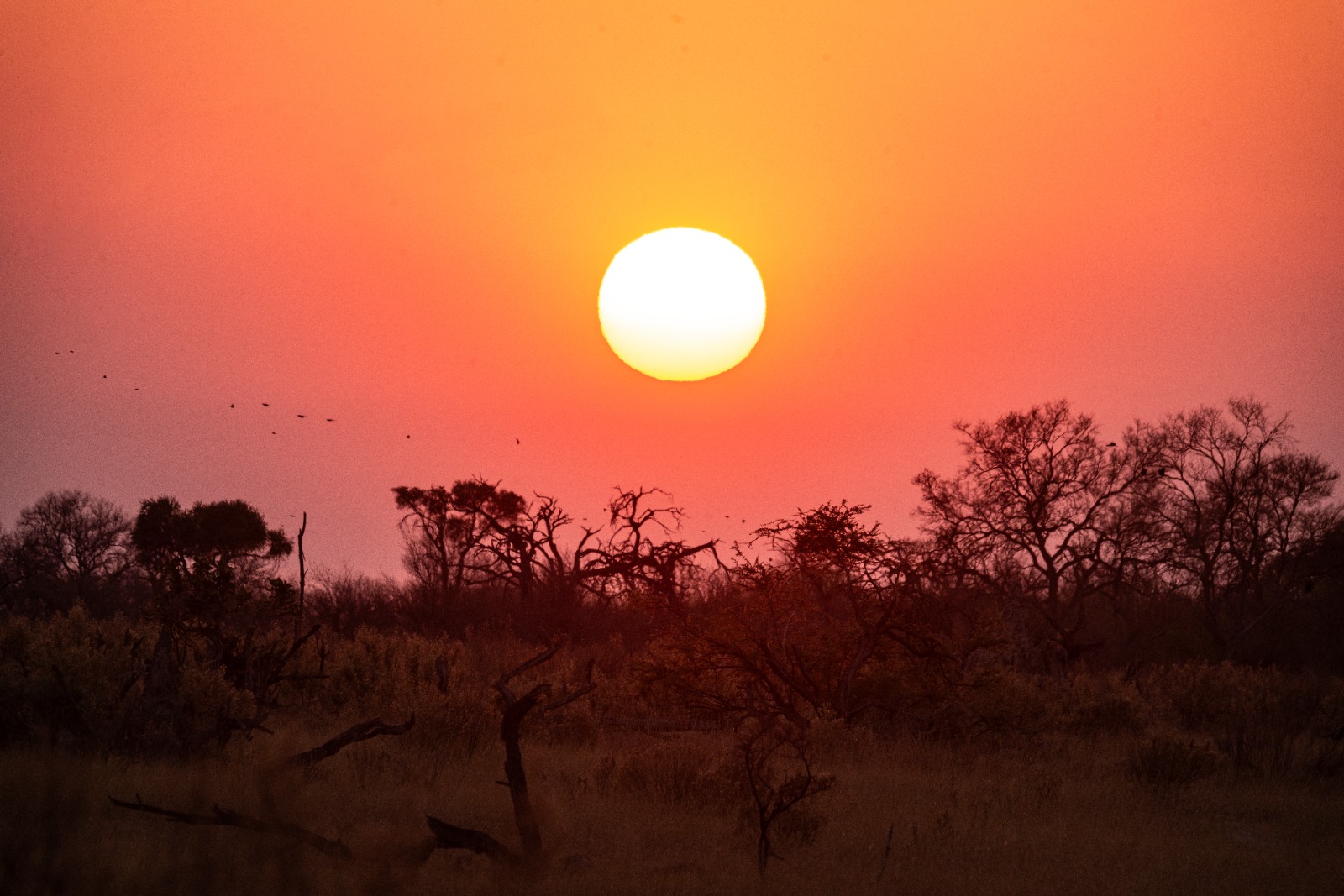
Community experiences
Meet the local Bagisu and Sabiny communities. Learn about their traditions, dances, and the famous Imbalu circumcision ceremony.

Sipi falls visit
Sipi Falls is a highlight near the park. Admire the series of three beautiful waterfalls, ideal for relaxation, photography, and even abseiling.
The best time to visit Kidepo Valley is during the dry season, from June to September and December to February. This period offers the best game viewing conditions, as wildlife is concentrated around the waterholes and the park’s extensive savannah plains. The weather is typically warm, dry, and clear, providing perfect conditions for game drives, walking safaris, and birdwatching.
The wet season (March to May and October to November) is less popular for game viewing due to the heavy rains, which can make roads difficult to navigate. However, for those seeking a quieter, more secluded safari experience, the wet season can offer lush landscapes and more intimate wildlife encounters, as well as a beautiful range of flora.
Due to its remote location, getting to Kidepo Valley National Park requires a bit of adventure. The park can be accessed by road from Kampala (a 10-12 hour drive) or by domestic flight from Entebbe to Kidepo Airstrip. The flight is a more efficient option, with the journey lasting about 1 hour 45 minutes. Once you land at the airstrip, it’s a short drive to the park’s lodges and wildlife areas.
For those traveling by road, the journey takes you through scenic landscapes and rural villages, providing a unique perspective of Uganda’s countryside. While the drive is long, the adventure of getting to Kidepo is part of its charm and a rare opportunity to see Uganda’s lesser-known areas.
While Kidepo Valley National Park remains remote, it still offers a variety of accommodation options for those looking for both comfort and immersion in nature. Apoka Safari Lodge is a luxurious, eco-friendly lodge that blends seamlessly into the surrounding wilderness, offering spectacular views of the park’s dramatic landscape. The lodge provides comfortable, spacious rooms and a fantastic base for wildlife safaris.
For those seeking a more intimate experience, Kidepo Savannah Lodge offers a blend of African-style comfort and rustic charm, nestled within the heart of the park. The lodge’s location allows guests to wake up to breathtaking views of the valley and to embark on exciting game drives and walking safaris with knowledgeable guides. There are also camping options for those who prefer a more adventurous, back-to-nature experience, allowing visitors to sleep under the stars and feel a deep connection to the wild.
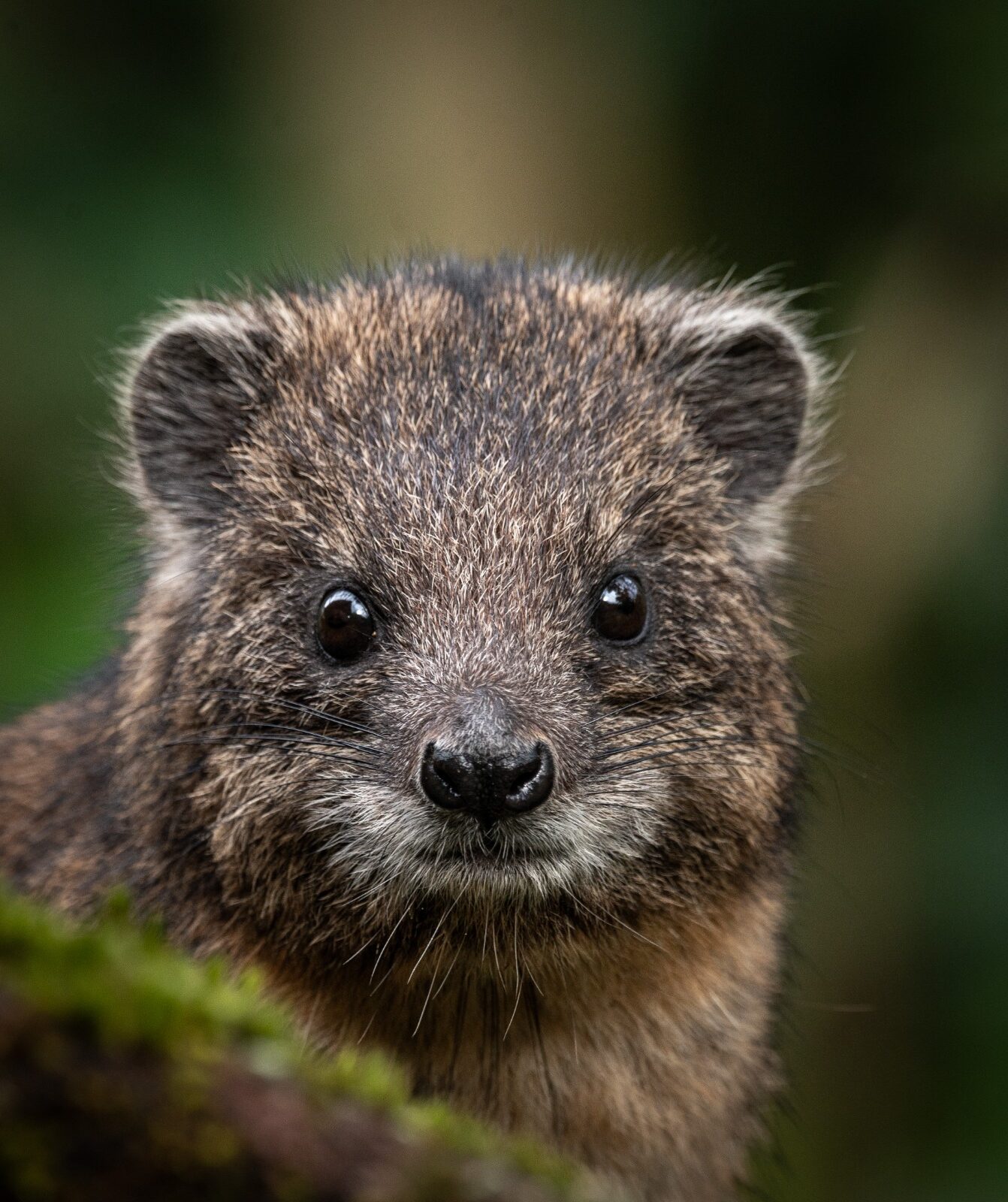
TAILOR THIS JOURNEY
Our Travel Specialists are ready to start curating your bespoke journey
CALL US AT +267 77 778 755
Related UGANDA DESTINATIONS
